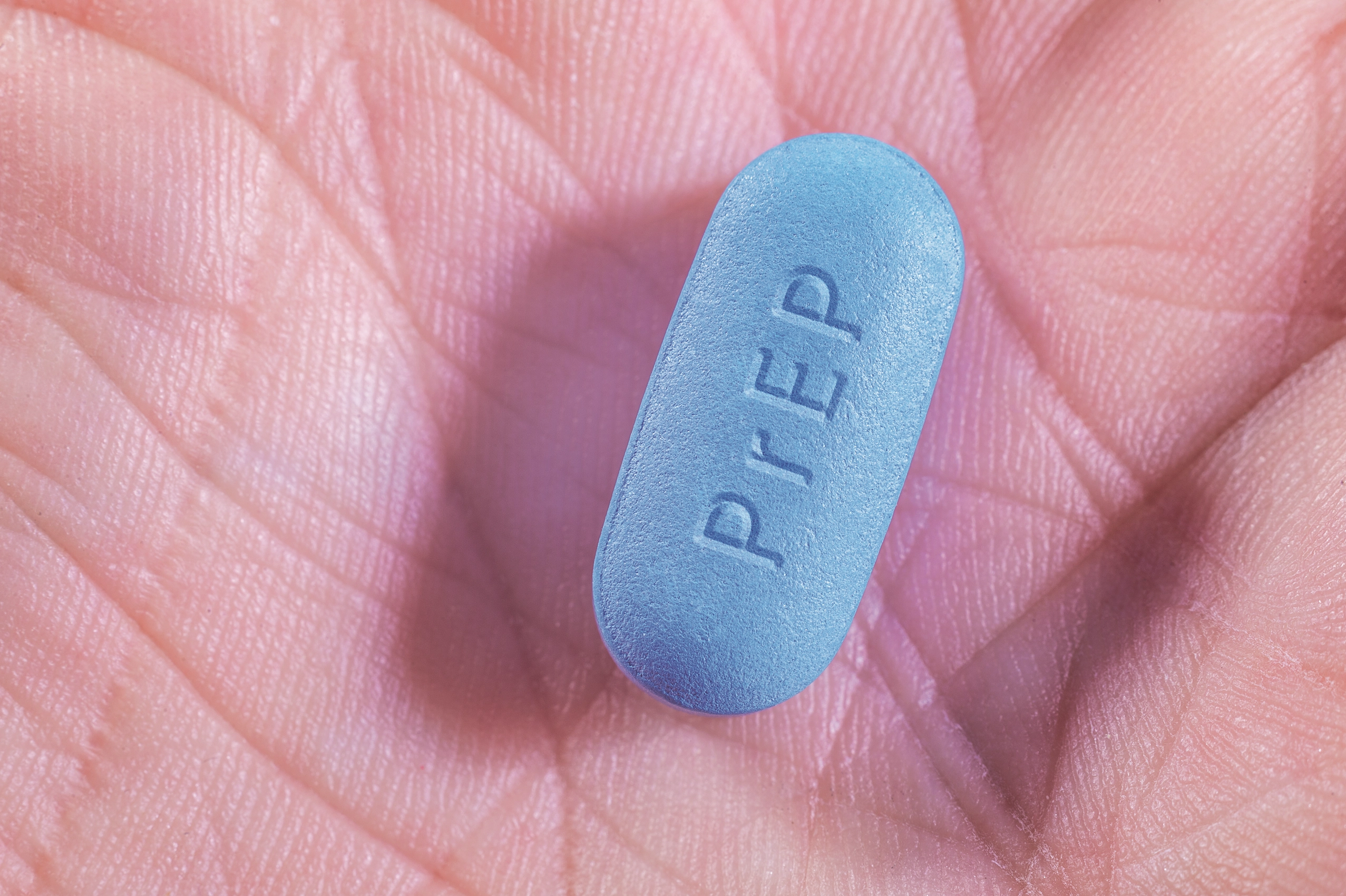Introduction: Understanding PrEP and HIV Prevention
HIV remains a major public health concern, but medical science has introduced effective preventive tools. One of the most significant is PrEP (pre-exposure prophylaxis), a daily medication regimen that can drastically lower the risk of acquiring HIV. This article explores how PrEP is taken, the impact of PrEP on HIV prevention efforts, and the science behind how it works to reduce HIV incidences across populations.
Section 1: What is PrEP?
Pre-exposure prophylaxis (PrEP) is a preventive approach in which people at high risk for HIV take medication regularly to reduce their chances of infection. PrEP is not a treatment for HIV — it is designed to protect HIV-negative individuals before exposure.
PrEP is approved by the U.S. Food and Drug Administration (FDA) and is widely recommended by healthcare providers for people whose lifestyle, relationships, or medical history put them at higher risk.
Section 2: How is PrEP Taken?
How is PrEP Taken is one of the most common questions among those considering this prevention method. The standard protocol involves:
Daily Oral Pill – Most PrEP users take a single pill once a day. The medication must be taken consistently for maximum effectiveness.
On-Demand Dosing – In some situations, PrEP can be taken around the time of potential exposure (known as the “2-1-1” method). This is typically recommended only for certain groups and requires medical guidance.
Long-Acting Injections – Some individuals use injectable PrEP, administered by a healthcare provider every few months.
Before starting PrEP, a healthcare professional conducts HIV testing and may also check kidney and liver function. Regular follow-up appointments ensure PrEP is working effectively and that no HIV infection has occurred.
Section 3: Impact of PrEP on HIV
The impact of PrEP on HIV has been profound in communities with high uptake. Clinical studies show:
Significant Risk Reduction – When taken consistently, PrEP can lower the risk of HIV from sexual contact by more than 90% and from injection drug use by more than 70%.
Lower Community Transmission Rates – Areas with high PrEP coverage have seen measurable declines in new HIV diagnoses.
Empowerment and Prevention Choice – PrEP provides individuals with control over their prevention strategy, particularly for those who cannot always negotiate condom use or who have partners with unknown HIV status.
Section 4: Prep and How It Works to Reduce HIV Incidences
To understand PrEP and how it works to reduce HIV incidences, it’s important to know the basics of HIV transmission. HIV enters the body through blood, semen, vaginal fluids, or breast milk. Once inside, it targets CD4 cells, weakening the immune system.
PrEP works by maintaining a steady level of antiretroviral medication in the bloodstream and tissues. If HIV enters the body, these drugs block its ability to replicate and establish infection. Essentially, PrEP prevents the virus from gaining a foothold.
The preventive effect is strongest when adherence is high. Missed doses can lower protection levels, increasing the risk of infection.
Section 5: Who Should Consider PrEP?
The U.S. Centers for Disease Control and Prevention (CDC) recommends PrEP for:
People with an HIV-positive partner
Individuals who have multiple sexual partners and inconsistent condom use
Injection drug users who share needles
Those recently diagnosed with a sexually transmitted infection (STI)
People who have been prescribed post-exposure prophylaxis (PEP) more than once
Section 6: Steps to Start PrEP
Consult a Healthcare Provider – Discuss your risk factors and determine the right PrEP option for you.
Get Tested for HIV – PrEP is only for people who are HIV-negative at the time of initiation.
Complete Necessary Lab Work – This may include kidney and liver function tests.
Start Medication and Follow Up – Maintain adherence and return for routine check-ups every 3 months.
Section 7: Common Myths About PrEP
Myth: PrEP is only for certain communities.
Fact: PrEP is for anyone at substantial risk of HIV, regardless of sexual orientation or gender.Myth: Taking PrEP means you don’t need other protection.
Fact: While PrEP is highly effective against HIV, it does not protect against other STIs or pregnancy.
Section 8: The Future of PrEP in HIV Prevention
Research continues to improve PrEP accessibility and formulation. Long-acting injectables, implants, and alternative dosing schedules are in development. Increased public awareness, along with affordable and widespread distribution, could lead to significant declines in HIV worldwide.
Conclusion
PrEP is one of the most powerful tools available in the fight against HIV. By understanding how PrEP is taken, recognizing the impact of PrEP on HIV, and learning how it works to reduce HIV incidences, individuals can make informed decisions about their sexual health. Widespread use, combined with education and regular testing, offers hope for a future with far fewer HIV infections.
References
Centers for Disease Control and Prevention (CDC). PrEP Effectiveness.
World Health Organization (WHO). Guidelines on Pre-Exposure Prophylaxis.
U.S. Food and Drug Administration (FDA). PrEP Approval and Safety Information.
Disclaimer
This article is for educational purposes only and does not constitute medical advice. Always consult a qualified healthcare provider before starting or changing any medication regimen.

